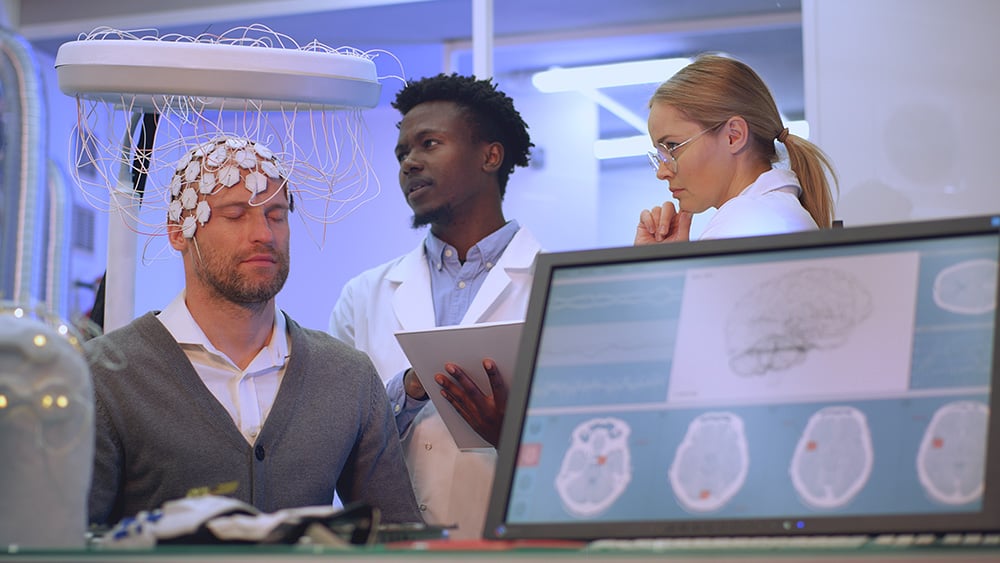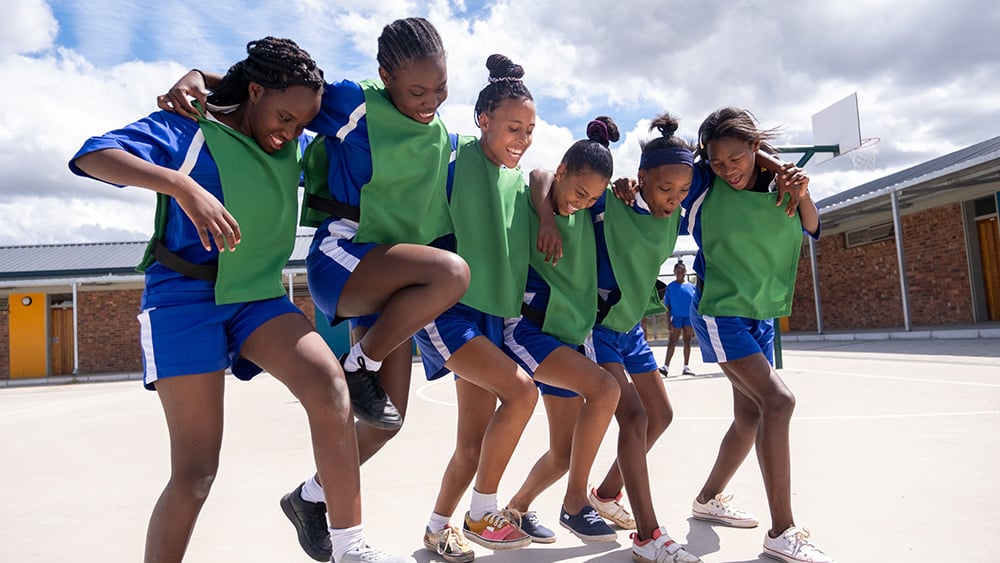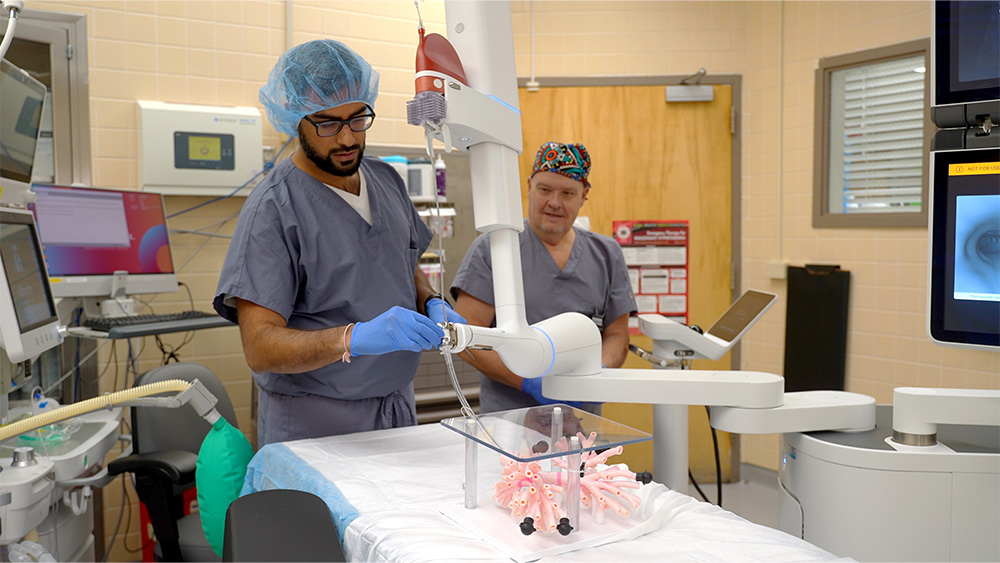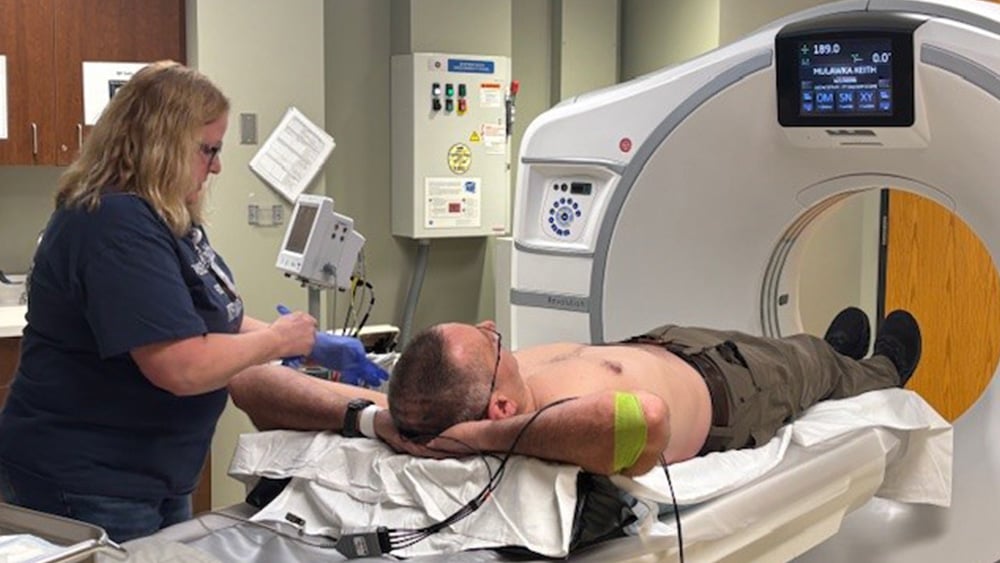Health & News Hub
Showing





All Stories
Social Spotlight
Powered by
- Filters:
- All
- PreviousNext
Now that's what we call a fairytale ending! 👑✨
It was just one year ago when Sydney Pelusio’s heart suddenly stopped due to myocarditis - but thanks to our amazing team at Sands-Constellation Heart Institute, she survived and began her journey to recovery. Fast forward to this past weekend… when she crushed the Disney Princess Half Marathon! 💕
With months of training, support from loved ones, and sheer determination, Sydney proved that nothing can hold her back.
Please join us in giving Sydney a huge congratulations on this amazing accomplishment! 🎉👏 A heartfelt thank you to everyone who participated in our Black History Month event at Rochester General Hospital yesterday, from Karen Edwards, who emceed the event with enthusiasm, to Teddy Reeves, PhD, who shared a memorable keynote on the past, present and future of African Americans in labor, and the children of Antioch Missionary Baptist Church, who led a beautiful rendition of “Lift Every Voice.”
Thank you as well to everyone who helped organize the event, along with all who attended the event in person and virtually.
For every community and every journey - We’re Here for It.Cardiac disease continues to be the leading cause of death for women in the U.S., causing 1 in 3 deaths every year. 💔
As part of our month-long observation of Heart Health, team members from all across the system participated in “Wear Red Day” last Friday to raise awareness for this important issue.
Of course, we’re not just showing our support - we’re redefining heart care with every patient and every community we serve. Learn more about how you can protect your heart at https://roc.health/heartmonthCongrats to all who participated in Dry January this year! 🎉
If you took a break from booze this month and enjoyed the benefits - better sleep, more energy, or just feeling more present - you might be wondering, ‘What’s next?’
Whether you’re considering extending your break from alcohol or just being more mindful about drinking, here are some tips on how to continue (or begin) the journey. https://www.rochesterregional.org/hub/dry-january-sober-tips?utm_source=facebook&utm_medium=social_organic&utm_content=healthhub_rrh
- PreviousNext
Happy Valentine’s Day. With love ❤️ from all your faves.
For some women, Valentine’s Day is a time to celebrate love - but for others struggling with sexual health concerns, it can be a painful reminder of challenges in intimacy.
If you’re unsure of what’s “normal” or don’t know where to turn, you’re not alone.
RRH OBGYN and Certified Sexual Health Counselor, Maureen Slattery, MD, explains how sexual counseling works and who might benefit from it. https://www.rochesterregional.org/hub/sexual-health-counseling?utm_source=facebook&utm_medium=social_organic&utm_content=healthhubWe're teaming up with the Rochester Americans for Heart Month! 🫀💪
Come visit us at Blue Cross Arena for three of the Amerks home games this month for giveaways ( ✨ yes, the heart wands will be back 😁✨), trivia, free blood pressure checks, Heart Month challenges, and more!
❤️ Friday, February 7
❤️ Friday, February 14
❤️ Friday, February 21
Hope to see you there!Community Collaboration in Action! 🚑 🩺
As part of our ongoing partnership with EMS to enhance emergency care in our community, we hosted our first "childbirth emergencies" session with local EMTs yesterday. Rochester Regional Health OBGYN experts provided hands-on training for first responders who might encounter childbirth emergencies in the field.
A huge THANK YOU to all who attended and helped make this event a success! 🩵
- Juicer.io lets you easily create and embed social media feeds like this one on to your site for free!
✨ Celebrate Black History Month with us! ✨
Join us in-person or virtually on February 12 for an inspiring event honoring the rich legacy and bright future of Black Excellence.
📅 When: Wednesday, February 12, 12pm-1pm
🏢 Where: Twig Auditorium, Rochester General Hospital (virtual option also available 💻)
This powerful event will be emceed by Karen Edwards, Evening News Anchor, 13 WHAM ABC, and will feature keynote speaker Teddy Reeves, PhD, Curator of Religion at the Smithsonian National Museum of African American History and Culture, along with a moving musical performance by Antioch Missionary Baptist Church.
The event is free, but registration is encouraged. Visit https://rochealth.co/BHM-2025 to RSVP.🚨 Stay Alert: Carbon Monoxide Safety 🚨
As the temperatures drop, we often see more cases of carbon monoxide (CO) poisoning due to increased use of heating appliances and time spent in enclosed spaces. CO is often referred to as the "silent killer," as it's colorless, odorless, and dangerous.
✔️ Prevent CO poisoning by ensuring proper ventilation, never running generators or cars in enclosed spaces, and installing CO detectors in your home.
⚠️ Know the signs: Headache, dizziness, nausea, confusion, and weakness can all be symptoms of CO exposure. If you experience these symptoms, move to a ventilated or outdoor area and seek medical attention as soon as possible. https://www.rochesterregional.org/hub/carbon-monoxide-poisoning?utm_source=facebook&utm_medium=social_organic&utm_content=healthhub_rrh
Yesterday, we partnered with the American Heart Association - New York State to train over 50 people in Hands-Only CPR at our new Healthy Living Campus in Batavia! 🫀
This lifesaving skill is especially crucial in rural areas with longer ambulance wait times. Huge thanks to everyone who joined us, including local religious leaders and community members dedicated to making a difference.- PreviousNext
Cardiac disease continues to be the leading cause of death for women in the U.S. 💔
As part of our month-long observation of Heart Health, team members from all across the system participated in #WearRedDay last Friday to raise awareness for this important issue.
Of course, we’re not just showing our support - we’re redefining heart care with every patient and every community we serve. Learn more about how you can protect your heart at the link in bio 🔗 or at [roc.health/heartmonth] We’re here for Tania. 🩵
After Tania Durr had both legs amputated due to various medical conditions, she found herself in need of some assistance with mobility. For years, she lived with her mother and moved between different nursing homes in order to have someone readily available to help.
In 2023, all that changed - Tania enrolled in ElderONE, leaving the nursing home to meet her goal of living independently in her own apartment.
Today, Tania is thriving and looking forward to traveling again. Her ideal next stop? Jamaica! 😎🌴 https://www.rochesterregional.org/hub/tania-durr-elderone?utm_source=facebook&utm_medium=social_organic+&utm_content=healthhub








































